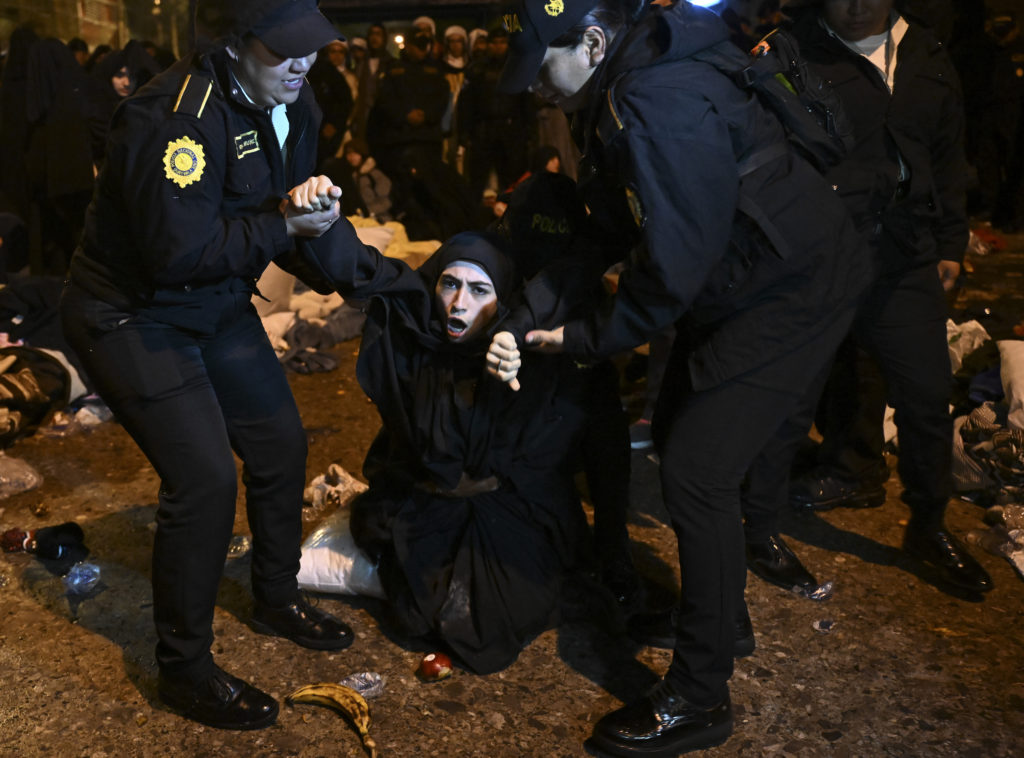Australia’s central bank raised interest rates for the first time in more than a decade on Tuesday, a pre-election hike designed to tame soaring consumer prices.
The Reserve Bank of Australia raised the main lending rate by 25 basis points to 0.35 percent, the first increase since November 2010.
Ending record-low rates, the bank said inflation had “picked up significantly and by more than expected” while signalling that “further increases in interest rates” would come.
The move plunged the bank into the centre of a fierce political debate about the health of Australia’s economy, just weeks before a May 21 election.
Prime Minister Scott Morrison, who is trailing in the polls, said he sympathised with mortgage borrowers who would now face rising costs.
But he insisted Australia is faring better than its peers and that rising inflation is a result of worldwide trends.
Like consumers around the world, Australians have been hit by soaring prices for food and fuel. Australia’s annual inflation rate is currently at 5.1 percent.
But house prices have been rising for years even as wages have stagnated. Sydney and Melbourne are among the most expensive cities in the world to live.
Morrison pointed to the impact of supply chain constraints caused by the pandemic and a war in Ukraine that has caused “the single largest energy shock we’ve seen around the world since the 1970s.”
The opposition Labor party painted the rate rise as evidence of a weakening economy and the conservative government’s economic maladministration.
“If only you could pay your mortgage with Scott Morrison’s excuses,” said opposition economic spokesman Jim Chalmers.
The rate rise is expected to be the first of several, which could have serious implications for Australia’s once-perennially growing economy.
Higher interest rates will spell higher borrowing costs for millions of already heavily indebted Australians, in a country where real estate market speculation is something like a national pastime.
Interest rates of two percent would cost the average homeowner about US$362 a month, according to financial services website RateCity.com.au.
“That’s going to be a lot for many borrowers to swallow, particularly anyone already struggling to make the monthly budget add up,” said RateCity’s Sally Tindall.
Australia’s vast resource wealth has for decades provided insulation from global financial headwinds and underpinned high standards of living.
The country is among the world’s largest producers and exporters of iron ore, gas and coal.
But there are growing concerns that the “lucky country’s” run of good fortune may be coming to an end.
In early 2020 the economy fell into recession for the first time in almost three decades, largely because of devastating bushfires and the start of the Covid-19 pandemic.
Climate-fuelled floods, bushfires and droughts are proving increasingly costly.
This year’s east coast floods cost an estimated Aus$3.35 billion (US$2.4 billion) in insured losses, making it the costliest flood in Australia’s history, according to the Insurance Council of Australia.











